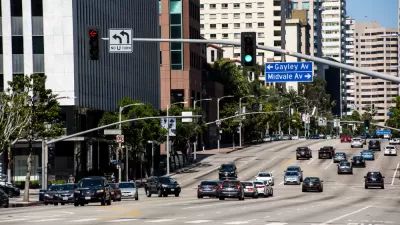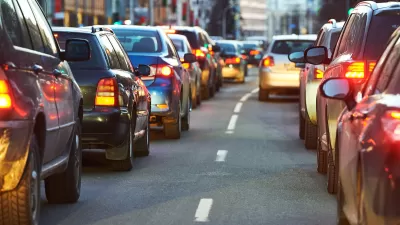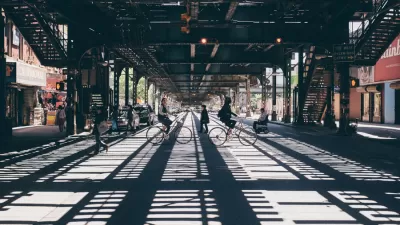As urban populations increase and drivers seek to escape crowded commutes, America's urban transit systems are becoming increasingly congested. For TDM professionals to improve mobility for all, they must first change how they conceive of congestion.
The economic impacts of congestion are commonly limited to the lost productivity of drivers stuck on crowded streets and highways. But in cities like D.C., where transportation demand management (TDM) professional Stephen Crim lives, popular mass transit and bike share systems are straining under robust demand, proving that the costs of congestion aren't just limited to highways.
"I stand in crowded buses and Metro cars, jostling around to let fellow passengers on and off, nearly falling over as I try to read a book or edit a report for work," writes Crim. "In order to relieve congestion on all modes, we have to change the way we talk about congestion."
TDM/mobility management is commonly focused on "removing single-occupancy-vehicle (SOV) trips from the road," he notes. But without a better accounting of the extent and costs of transit, bike, and pedestrian congestion, "an efficient, multimodal future" will remain difficult to achieve.
"Why does this change in measurement matter?" asks Crim. "As the legendary 20th century management consultant Peter Drucker said, 'what gets measured gets managed.' "
FULL STORY: Congestion isn't just about highways

Planetizen Federal Action Tracker
A weekly monitor of how Trump’s orders and actions are impacting planners and planning in America.

Map: Where Senate Republicans Want to Sell Your Public Lands
For public land advocates, the Senate Republicans’ proposal to sell millions of acres of public land in the West is “the biggest fight of their careers.”

Restaurant Patios Were a Pandemic Win — Why Were They so Hard to Keep?
Social distancing requirements and changes in travel patterns prompted cities to pilot new uses for street and sidewalk space. Then it got complicated.

Platform Pilsner: Vancouver Transit Agency Releases... a Beer?
TransLink will receive a portion of every sale of the four-pack.

Toronto Weighs Cheaper Transit, Parking Hikes for Major Events
Special event rates would take effect during large festivals, sports games and concerts to ‘discourage driving, manage congestion and free up space for transit.”

Berlin to Consider Car-Free Zone Larger Than Manhattan
The area bound by the 22-mile Ringbahn would still allow 12 uses of a private automobile per year per person, and several other exemptions.
Urban Design for Planners 1: Software Tools
This six-course series explores essential urban design concepts using open source software and equips planners with the tools they need to participate fully in the urban design process.
Planning for Universal Design
Learn the tools for implementing Universal Design in planning regulations.
Heyer Gruel & Associates PA
JM Goldson LLC
Custer County Colorado
City of Camden Redevelopment Agency
City of Astoria
Transportation Research & Education Center (TREC) at Portland State University
Camden Redevelopment Agency
City of Claremont
Municipality of Princeton (NJ)





























